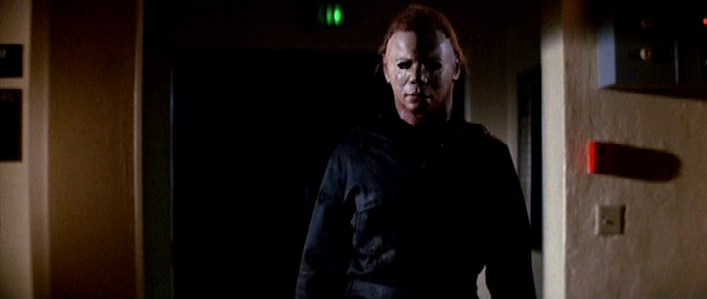Written By: Brandon Engel
John Carpenter is a popular American film director best known for horror and science fiction movies. In a career that has spanned more than four decades, Carpenter has amassed a large body of work. He is not simply a director of horror films, but a successful filmmaker who has both written and directed action and science fiction films as well as horror. His best known and appreciated films include Halloween, The Thing, Escape From New York, Starman and They Live, starring professional wrestler Roddy Piper.
One of the things that Carpenter is best known for is establishing the formula for the modern slasher type film. Halloween was a film that had a profound influence on later entries in this genre, such as the Friday the 13th and A Nightmare on Elm Street franchises. In fact, the film is still a mainstay in many horror marathons that are airing on cable channels and streaming websites this month, over 25 years after its release.
Halloween itself, of course, was not created in a vacuum. It was influenced a great deal by the original Psycho, which was directed by Alfred Hitchcock in 1960. Movie buffs will recognize the homage Carpenter plays to Psycho in Halloween with his casting choice of Jamie Lee Curtis and even with the name of one of the key characters. Curtis is the daughter of Janet Leigh, who played Marion Crane in Psycho. There is even a character named Sam Loomis in both films. In Halloween, Loomis is the name of the psychiatrist, played by Donald Pleasence, who treats the insane and indestructible killer Michael Myers. Pleasence plays this role in four sequels to Halloween as well.
The Fog is another of Carpenter’s renowned horror films. He not only directed this film, but also co-wrote the screenplay. This was Carpenter’s first film since Halloween and Jamie Lee Curtis also stars in The Fog. This is an eerie, atmospheric film about a fog that carries ghosts from a shipwreck into the modern world.
In 1982, Carpenter released The Thing, which is more in the science fiction genre than pure horror. It deals with a malevolent extraterrestrial parasite that is able to take on the form of the people it consumes. This film, which was based on a novella called Who Goes There? by John W. Campbell, Jr., was not a huge commercial success, but it has attained cult status over the last few decades. Carpenter dealt with a similar theme of aliens impersonating humans in yet another cult classic, They Live.
With Escape From New York, Carpenter proved that he is also adept at making a compelling action film. Though the film has a science fiction aspect, being set in a future when New York City has been turned into a brutal prison colony, the film is mainly a suspenseful action adventure tale. The character of Snake Plissken (Kurt Russell) is a complex and fascinating antihero that makes the film especially compelling. Plissken is a violent convict who must rescue the President of the United States. The film, however, deals with moral complexities as the government is portrayed as corrupt while Plissken lives by a code of honor. Carpenter was partly inspired by the Watergate scandal to make this film. Carpenter also made Escape From L.A. , where Kurt Russell reprised his role as Snake Plissken.
John Carpenter’s reputation is fairly complex and ambiguous. As he himself puts it, “In France, I’m an auteur; in Germany, a filmmaker; in Britain, a genre film director; and, in the USA, a bum.” This might be a slight exaggeration, but it shows how the same work can be viewed very differently depending on the culture. Fortunately, Carpenter has a substantial cult following in his home country, the U.S., that recognizes that he is more than a simple genre filmmaker. At the very least, we must recognize his substantial influence on modern cinema and popular culture in general.
—
Writer Brandon Engel has made a name for himself submitting film-related essays to various websites, and is a first time contributor to PopcornMonster.com. For more of his work you can visit the following links:
EC Comics and the World of Stephen King
Biting Critique: Vampire Lore as a Vehicle for Social Commentary
How Frank Miller Saved the Batman
Top 5 Films Inspired by Ed Gein















